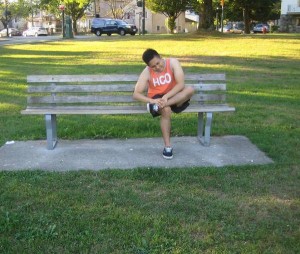Bone spurs refer to bony projections that occur along the edges of the affected bones. Bony spurs are also known as osteophytes and they usually form on the meeting points of the bones i.e. the joints. Bone spurs may also on the bones of the spines.
The major cause of bone spurs in people is the recurrent damage associated with osteoarthritis. Many bone spurs often show not symptoms and may not be detected for several years. In some cases, bone spurs may not require any treatment. Treatment is administered depending on the cause and location of the bone spurs and the effect of the bone spurs on your health.
Signs and symptoms
In most cases, bone spurs may not cause any signs or symptoms. Usually people do not even realize they have developed bone spurs unless they get an X-ray for another condition. In some conditions, however, bone spurs may result in pain and loss of motion of the affected joints.
Specific symptoms of bone spurs depend on the type of joint they have affected. For example:
- Knee. Symptoms may include inability to bend or extend the leg due to pain. You may not be able to use your knee smoothly due to the interference of bony growth in the bones and tendons.
- Spine. If a bony growth or a bone spur develops in the spine, the space that contains the spinal cord may get narrowed. These spurs will then pinch or apply stress to the spinal cord or the nerve roots, thus resulting in weakness or numbness of the limbs.
- Hip. It may become difficulty to move the hip due to the increasing pain; however, pain is often located below the hip region. Depending on where bony spurs affect, these projections may restrict the range of motion of your hip joint.
- Shoulder. A group of muscles and tendons that play a role in shoulder movements, called a rotator cuff, may be affected as the bone spurs rub against it. This will result in the inflammation and tearing of the rotator cuff.
- Fingers. Fingers may look knobby due to bone spurs as hard lumps under the skin.
When to seek medical attention
See your doctor if you have difficulty moving your joint or if you have pain and swelling in your joints. Prompt treatment may inhibit the damage from progressing. To learn more about how to manage swelling and pain in joints enrol in St Mark James first aid training here.
Causes
Osteoarthritis or wear-and-tear arthritis is the main cause of bone spurs. Osteoarthritis causes the breakdown of the cartilage that cushions the end of the bones. Your body responds to this by developing bony spurs to repair the damage in order to increase the surface area for pressure and load-bearing.
Treatment
If you have a bone spur with symptoms such as pain or swelling, your doctor ma advise taking over-the-counter pain medication such as naproxen or ibuprofen. Surgical removal may be required if bone spurs limit range of motion or affect the nerves.

